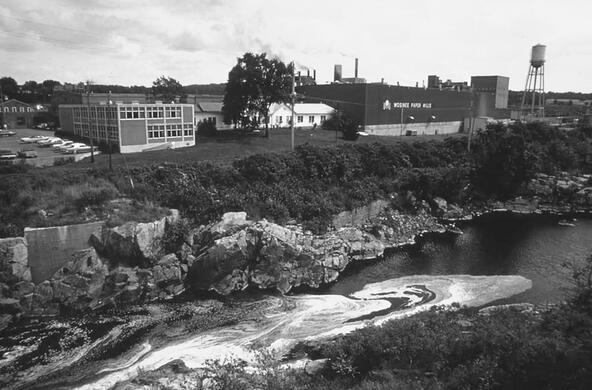I have seldom witnessed an issue as divisive as the extraction of natural gas by hydraulic fracture, better known as fracking. With little data, many environmentalists believe fracking leads to contaminated water, cancer, earthquakes and air pollution. Refusing to relinquish any data, many oil and gas companies run roughshod over the landscape, assuring us they know how to do fracking right. Some landowners want to make a quick buck; others worry about effects on human health well into the future.
Gov. Andrew Cuomo sees this as an issue that must be examined carefully. The Wall Street Journal equates his delay with support of the “greens.” No side in this debate has established the moral high ground. Most won’t even listen to arguments contrary to their own opinion.
Here is what I believe we know and don’t know.
A variety of chemicals are added to fracking fluids, with the recipe differing depending upon geology and corporate practice. Some of these chemicals are carcinogens and the concentrations that are dangerous are known from laboratory studies. What we don’t know is whether these chemicals regularly escape from fracking operations and enter groundwater. Among published epidemiological studies, I could find no systematic evidence of human toxicity or cancer near fracking operations.
Flowback waters, which return to the surface with the natural gas, may contain low levels of radium derived from the rocks at depth. Radium is the source of radon gas, which is believed to cause lung cancer. Flowback waters will need to be cleansed of harmful substances derived from deep rocks. This will be an engineering problem, albeit a large and difficult one.
Methane is found in many sedimentary rocks, and it travels underground along fissures and cracks, sometimes reaching the surface. Locally, methane is naturally found in some drinking waters, where it can be ignited with a match. Natural emissions of methane sometimes burn at the Earth’s surface, perhaps accounting for the creek known to Native Americans as Burning Creek in New York.
In a study of fracking in Pennsylvania, the isotopic composition of methane in groundwaters matched that of deep sources. The concentrations of methane in wells near fracking operations were higher than in unexploited areas, suggesting fracking was responsible. However, further study suggested the methane in these wells was not derived from movement in cracks and fissures, since the chemical composition of the ground waters did not match the waters found at depth. Somehow, the methane got to the surface on its own, perhaps by leaking along the bore hole in which the casings were not properly installed. If this is the case, proper regulations, strict enforcement and meaningful fines are a good way to ensure safety and compliance.
Along with methane, other volatile hydrocarbons, such as ethane and propane, are released to the atmosphere during the extraction of natural gas. We know little about the relative emissions of hydrocarbons from fracking operations, compared to emissions of hydrocarbons from vegetation, which account for the largest natural source in the rural atmosphere.
Fracking operations require clearings and roads. These “fragment” the vegetation on the landscape, leaving less favorable habitat for birds and other species of the deep woods. Most of the areas in New York that are attractive to fracking were cleared a century ago for agriculture. Fragmentation of the landscape is not new.
In the generation of electricity, natural gas is much cleaner than coal, with lower emissions of mercury, nitric oxide and sulfur dioxide. Combustion of natural gas releases less carbon dioxide to the atmosphere per unit of energy than the same amount coal. However, methane escapes from any natural gas operation, and methane is a potent greenhouse gas in Earth’s atmosphere. We need to move away from fossil fuels and onto solar, wind, and other energy sources that are free of fossil carbon. Our demand for energy drives us to use sources and methods we do not like.
Cuomo has delayed his decision on widespread fracking operations and what regulations are needed. We can hope that some good science is brought to bear on questions of environmental health and safety of fracking operations. Marcellus shale formed 380 million years ago, and we can wait a bit longer to find out if and how we can exploit it wisely.





